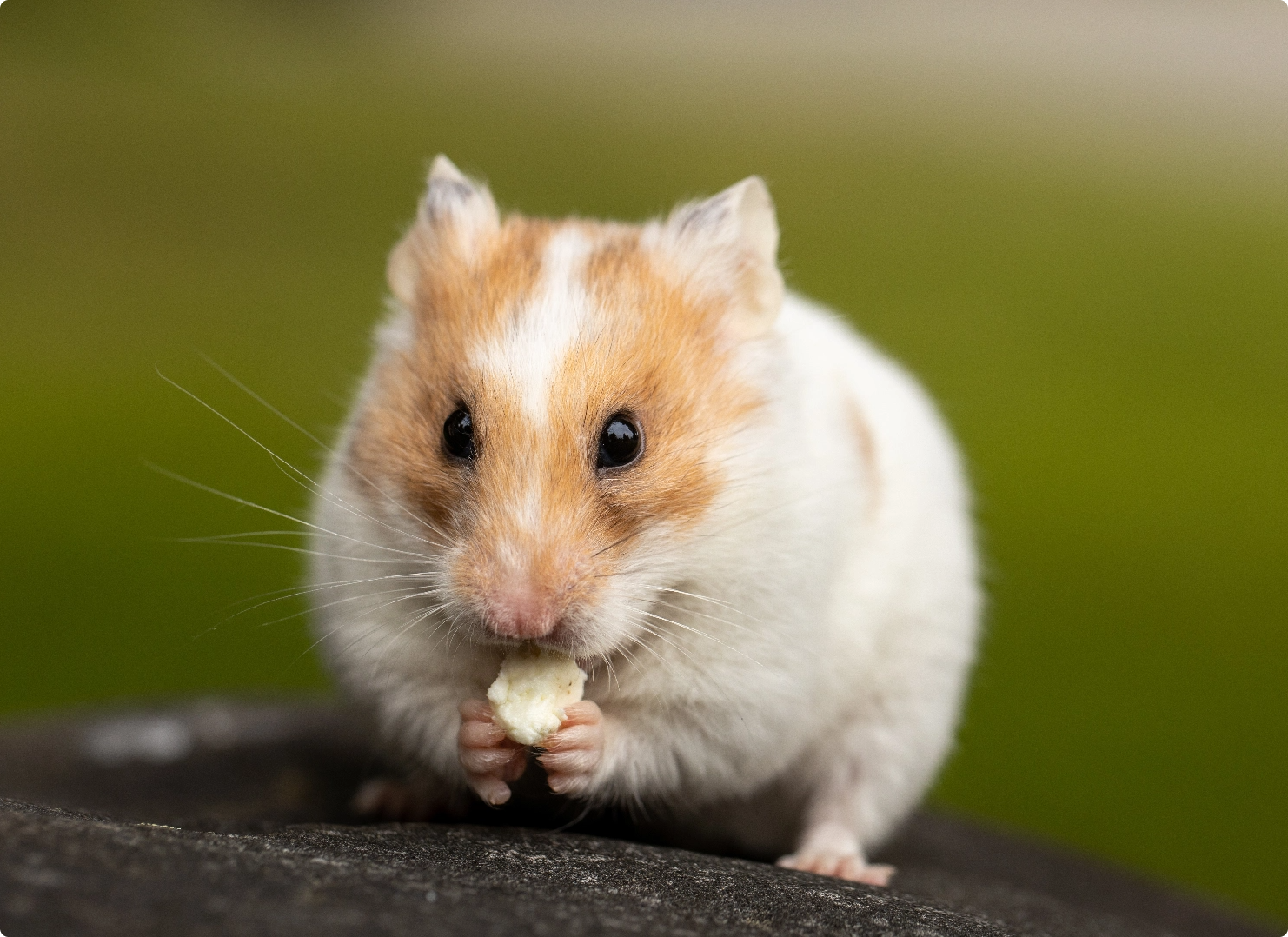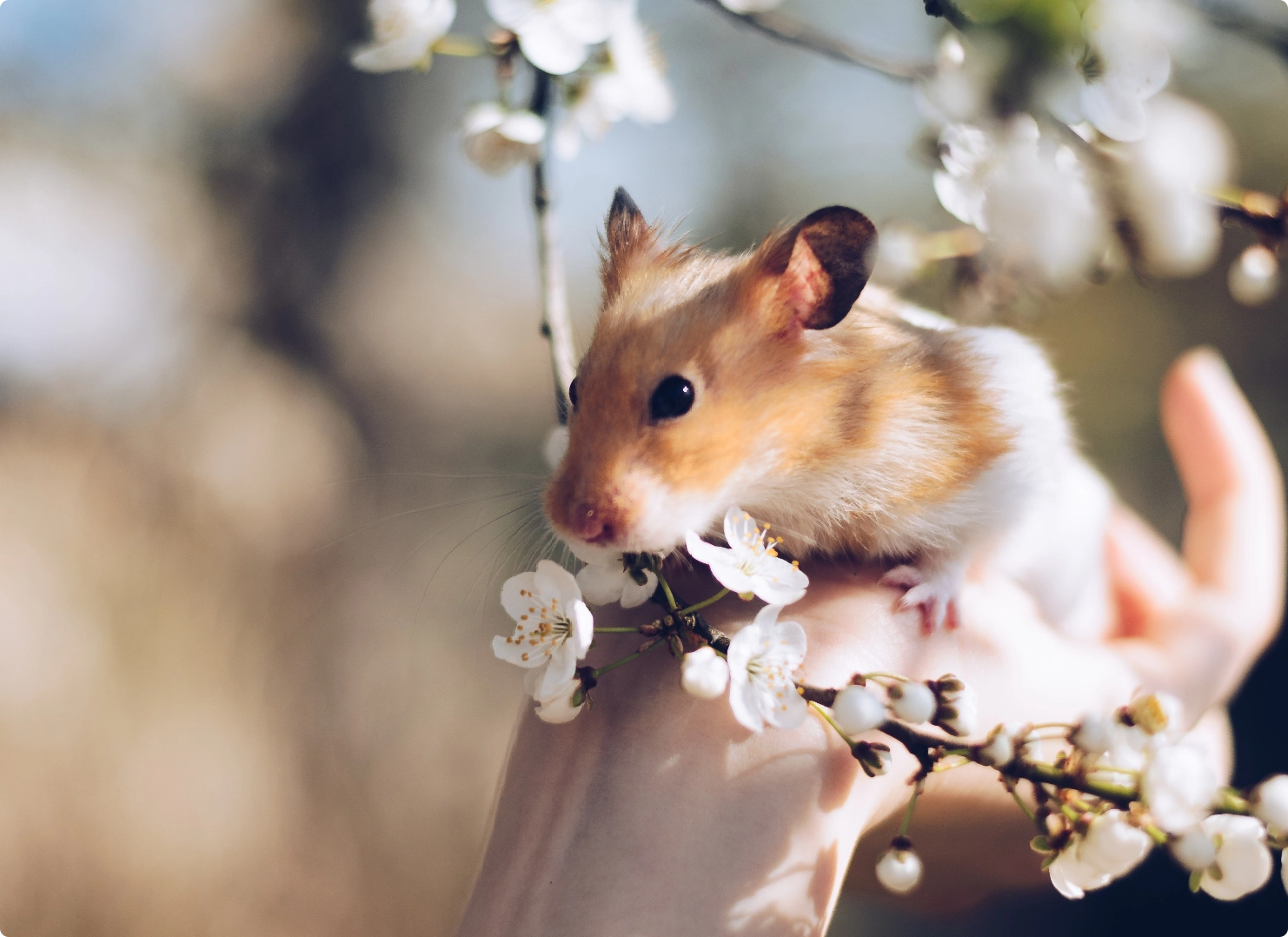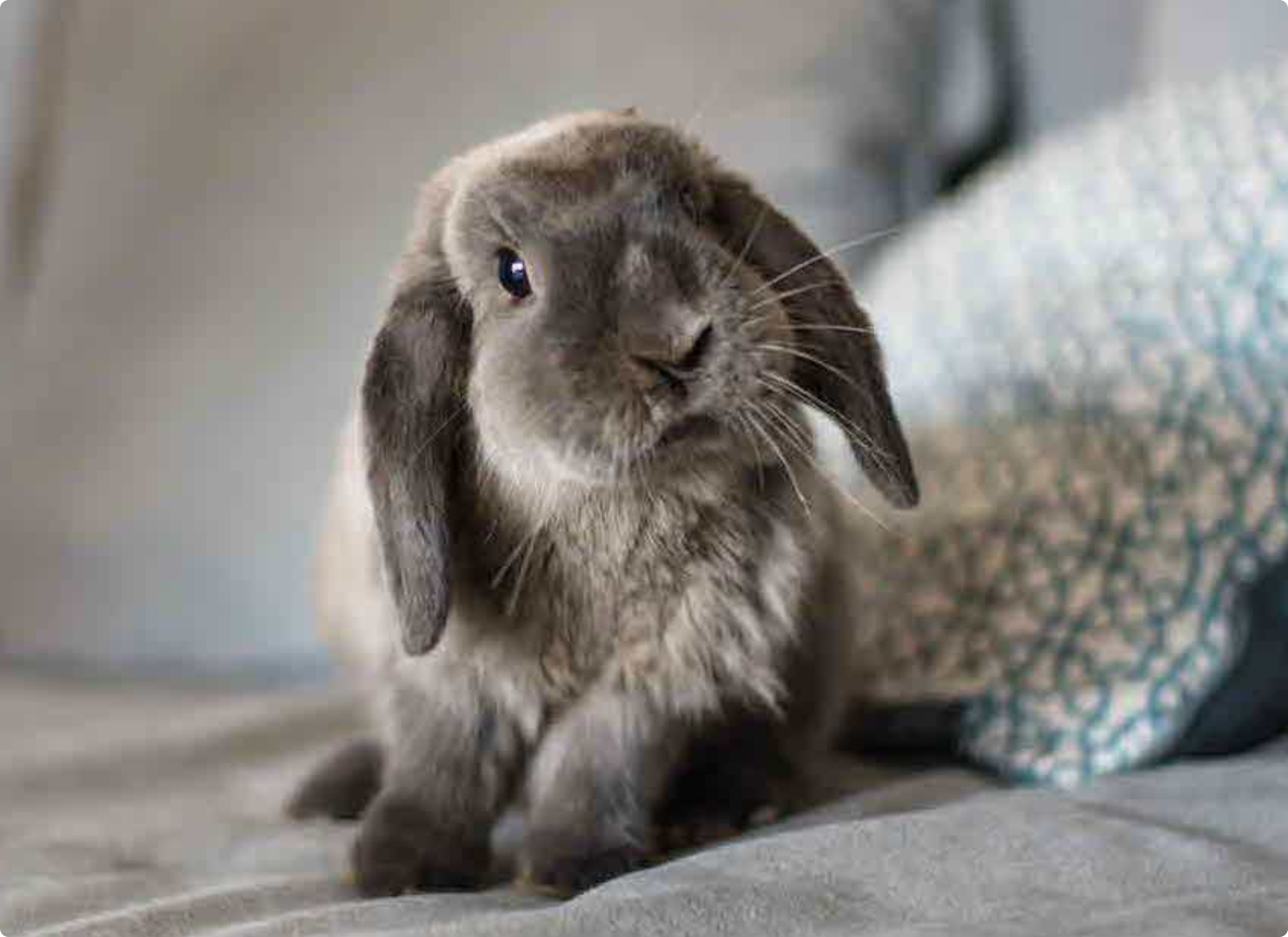
Bonding with your bird, housing & introducing new birds tips.



Bonding with your bird, housing & introducing new birds tips.
Give your bird best home
We know you want to provide the best care for your bird and that’s why we give you all the information you should need to create a happy, healthy and lasting relationship with your new bird.
Starting from welcoming your pet bird to your home to different diets, housing, enrichment, training, body language, and keeping your bird health!

Your Bird’s Homecoming
Your new companion is dealing with a new environment, new people, new diet and often nothing familiar from home.
You, as their new parent, will need to take things slow and be very patient in this transition period as they may exhibit behaviors that they normally would not display due to fear and uncertainty.
Time and effort will be rewarded but a lot of patience in the interim will be required. You have only just met and you do not have a trusting relationship yet- trust has to be earned!
Follow these points to kick start your relationship in a positive way:
![]()
![]()
![]()
![]()
![]()
![]()
![]()
![]()
![]()
![]()
![]()
![]()
![]()
![]()
![]()
![]()
![]()
![]()
![]()
![]()
![]()
![]()
![]()
![]()
![]()
![]()
![]()
Your Bird’s Housing
Imagine spending the rest of your life in a room the size of a toilet, this is how a lot of caged birds spend their entire lives!
Make sure that the housing you provide your bird with is suitable for its size and allows the bird to move freely about it’s cage.
Cage:
Whether your bird is a companion bird or an aviary bird will influence the size it’s cage needs to be, however NO CAGE IS TOO BIG! The cage should be large enough your bird to express its natural behavior, the cage must be strong enough to resist bending or dismantling by the bird, made of nontoxic material, and designed for safety and ease of cleaning. In most cases, the cage would need to be wider than it is tall to accommodate stretched wings; however, ample height should be provided as well for long-tailed birds.
House enrichment items including branches of native browse with enough room left to stretch its wings, and move around the cage freely and must be sheltered from complete direct sunlight, wind and rain.
Food and water bowls:
The use of wide bowls rather than deep cups displays the food attractively and may encourage the bird to eat new items. Healthy birds can easily approach the food and water bowls; therefore, it is not necessary in most cases to place bowls directly beside the perch. Birds often overeat or chew on food dishes out of boredom. Placing the food at the opposite end of the cage from the water will ensure that the bird gets some exercise between eating and drinking. It is recommended to have two sets of dishes so one set can be cleaned while the other is being used. Foraging is a great addition or alternative to food bowls for healthy birds. Your avian veterinarian can give you more details about this.
Perches:
Perches can be purchased, or made of clean, pesticide-free natural wood branches. Perches provide a place to stand, and for some species that love to shred and destroy, a source of entertainment. Perches should be replaced frequently when they become worn, soiled or damaged. Place perches on opposite sites of the cage for species that fly or hop (finches, toucans).
Hygiene:
A daily cleaning of the cage floor and bowls helps to prevent problems with food spoilage and permits the owner to inspect the cage floor. Blood on the floor or unusual condition of droppings can alert the owner to potential signs of illness. A weekly thorough cleaning of the cage is recommended.
Cage liners:
Newspapers, paper towels or other plain cage liner paper are preferred over wood chips, chopped corn cobs, kitty litter, or sand as cage substrate under the grating, so that the appearance and number of the droppings can be monitored on a daily basis. Birds should not be allowed direct contact with the substrate as it tends to grow bacteria and fungus.



Introducing New Birds
As with introducing your new bird to your home, introducing your new bird to an existing bird is all about taking it slow!
Remember every bird is unique and there is no typical length of time it will take for them to be comfortable in each other’s company.
It could take anywhere from a week to 6 months- you just need to stay positive and be patient.
NEVER put new birds into the same cage straight away!
Birds are very territorial and will not welcome a stranger into their home and territory without getting to know them first, here is how you can safely introduce birds to each other:
![]()
![]()
![]()
![]()
![]()
![]()
![]()
![]()
![]()
![]()
![]()
![]()
![]()
![]()
![]()
![]()
![]()
![]()
![]()
![]()
![]()
![]()
![]()
![]()
![]()
![]()
![]()
![]()
![]()
![]()
![]()
![]()
![]()
![]()
![]()
![]()
![]()
![]()
![]()
![]()
![]()
![]()
![]()
![]()
![]()







